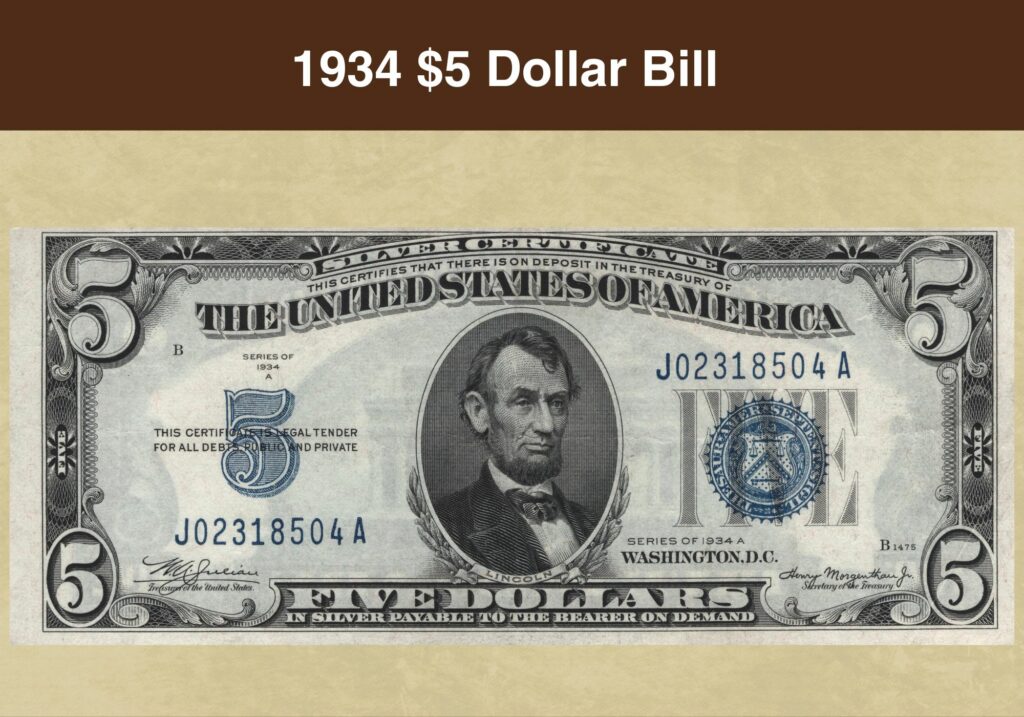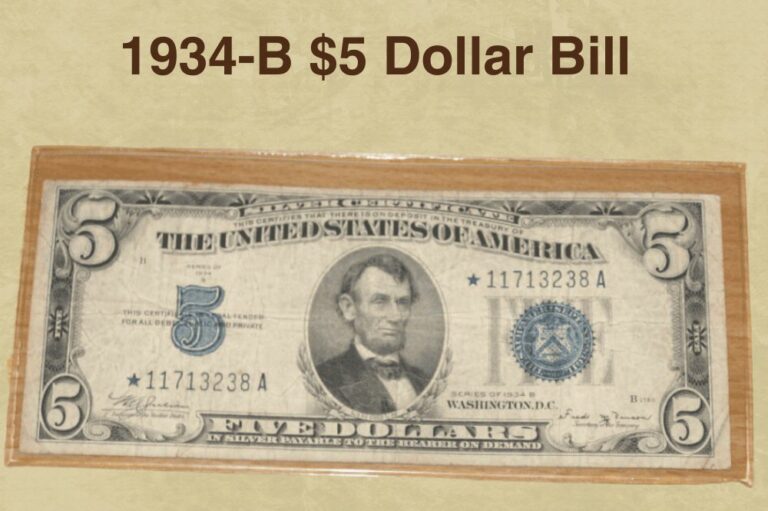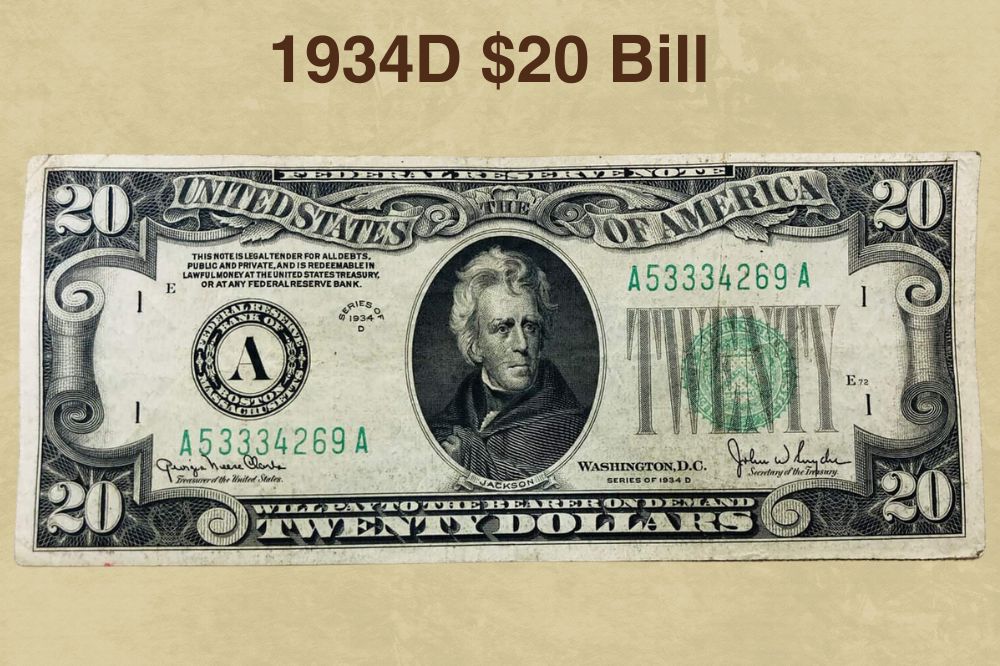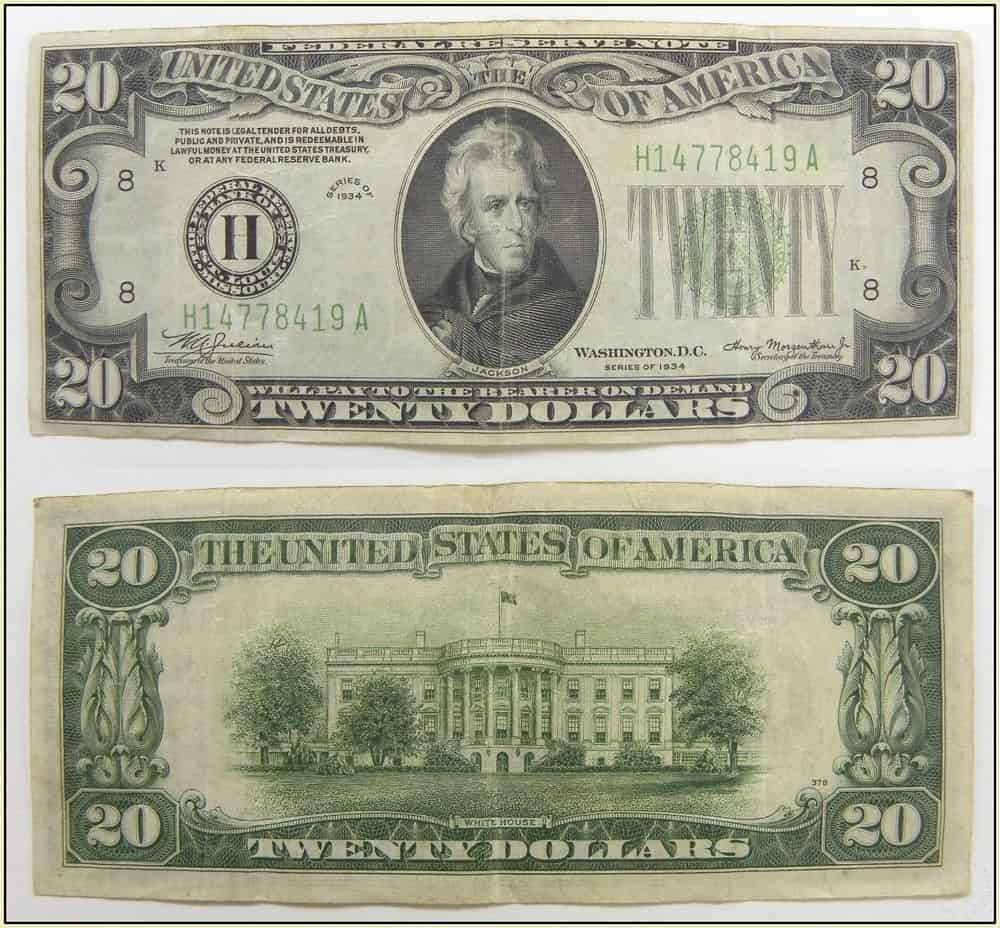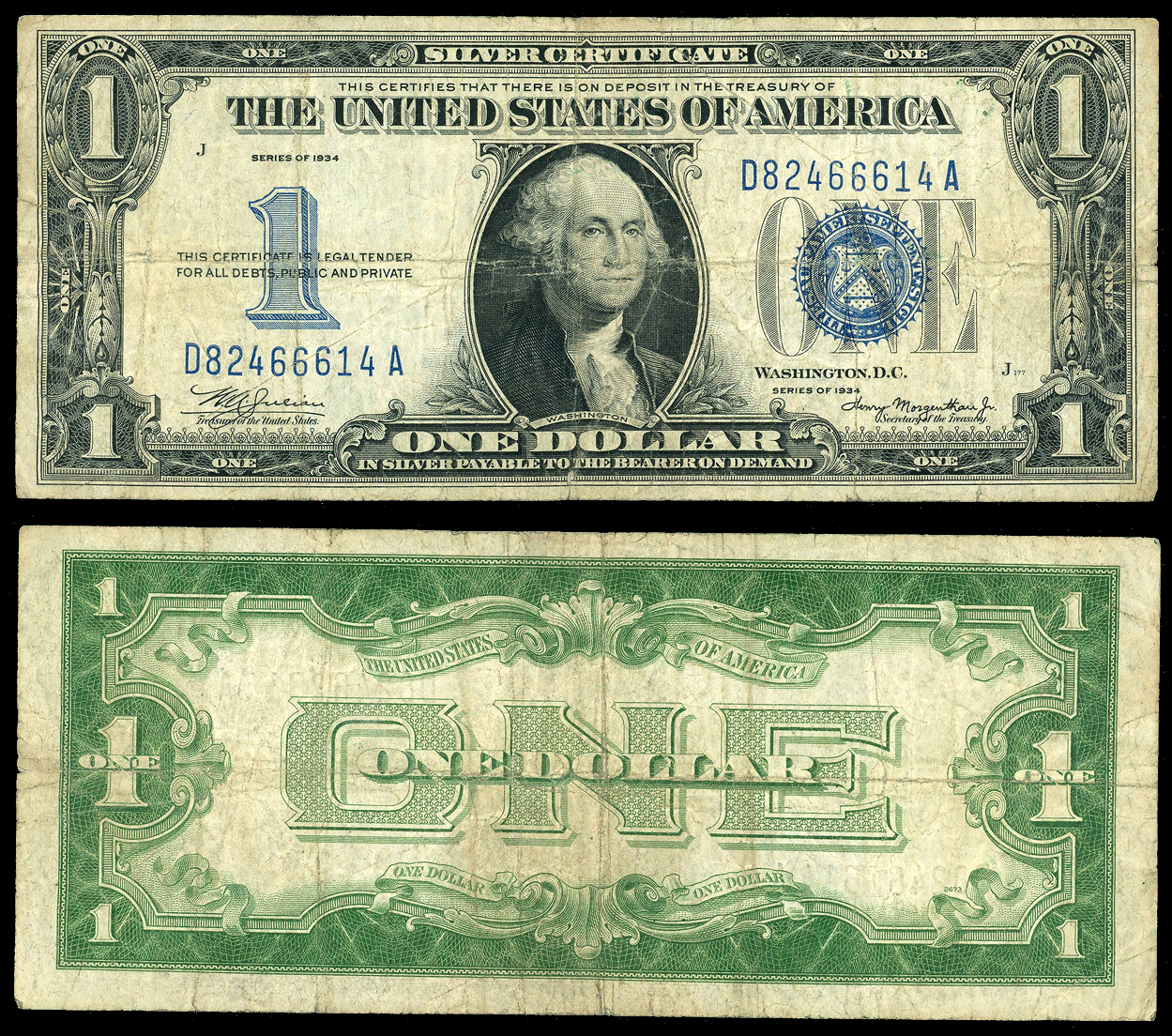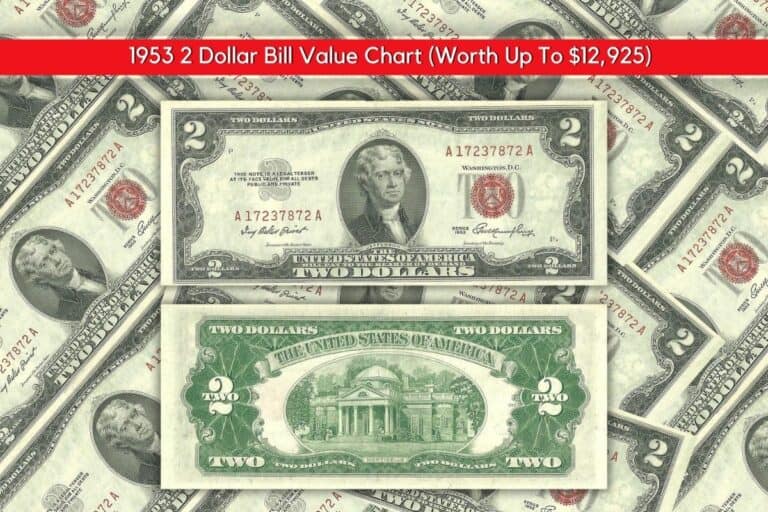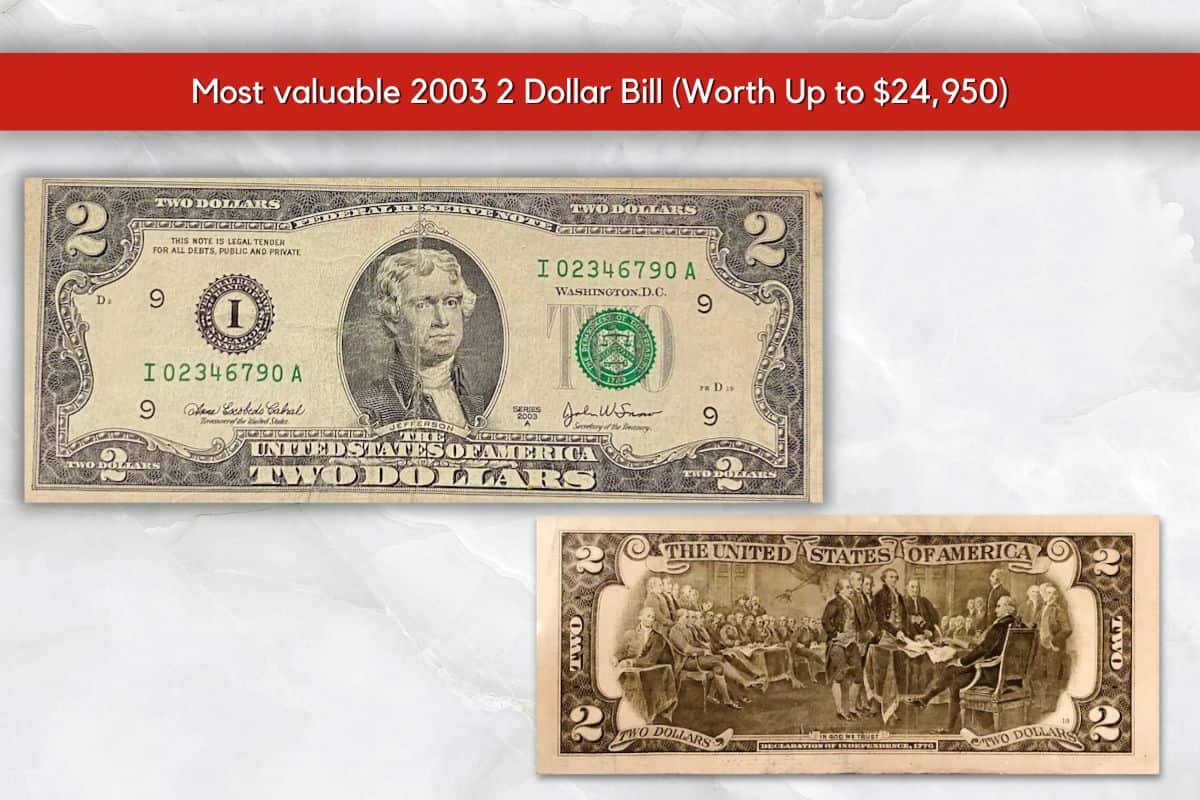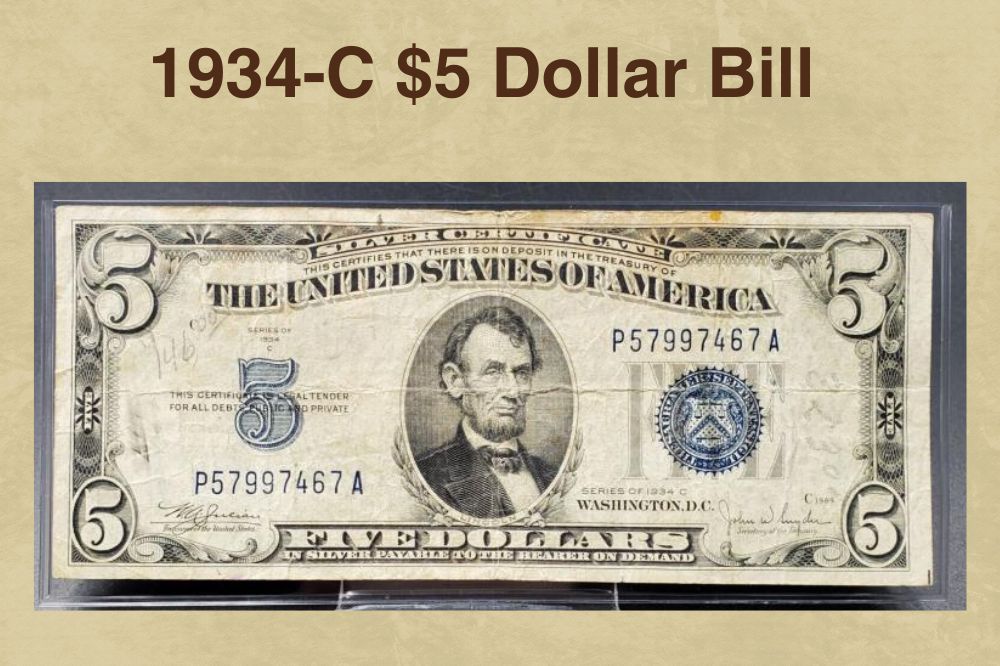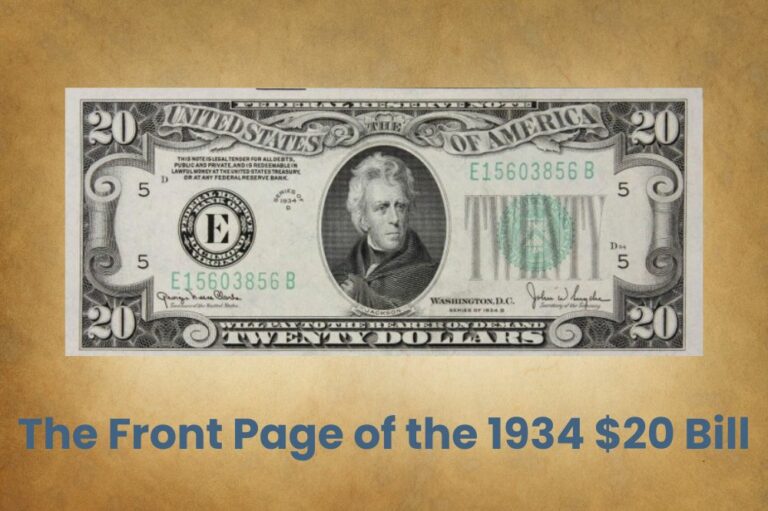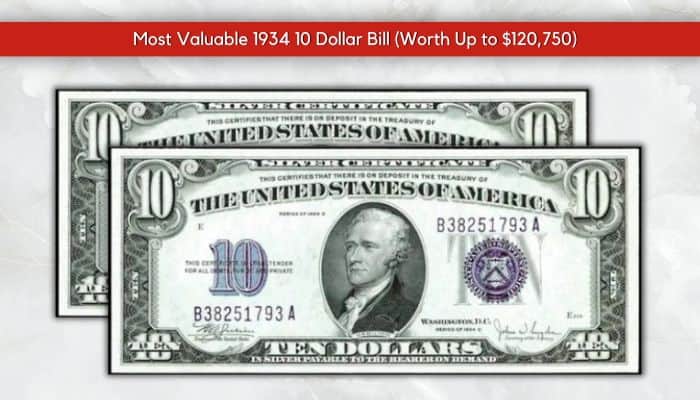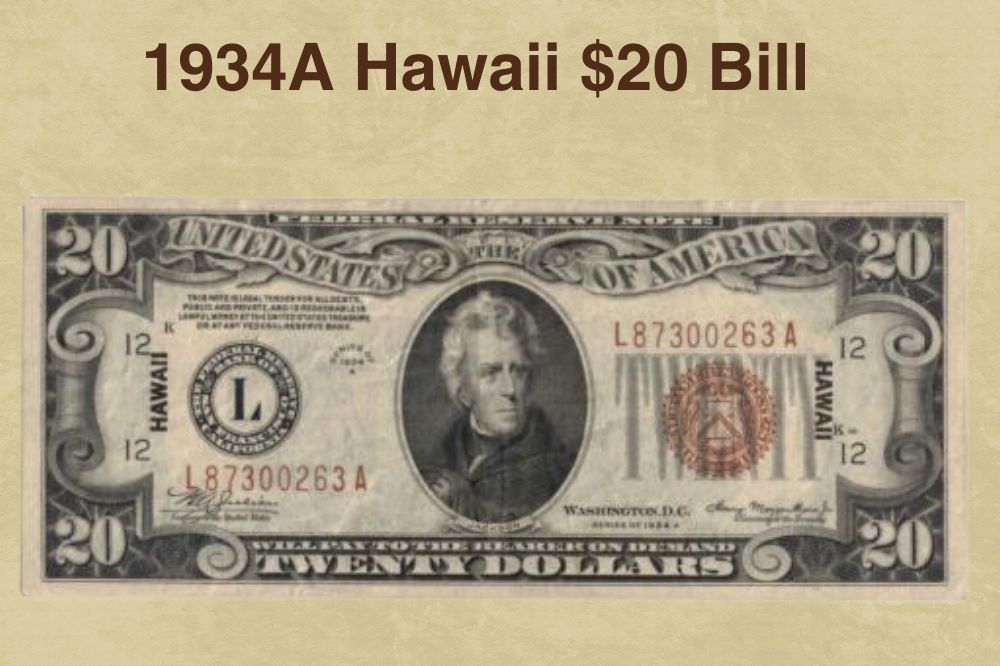1934 A $1000 Dollar Bill Value

Imagine holding a piece of history in your hands: a crisp, oversized bill, its intricate engravings telling tales of a bygone era. The year is 1934, and this isn't just any currency; it's a $1000 bill, a symbol of immense wealth and a stark reminder of a time when fortunes were made and lost against the backdrop of the Great Depression. The allure of such a relic extends far beyond its face value, whispering stories of economic upheaval and the enduring human fascination with money.
At the heart of this article lies the story of the 1934 $1000 bill: its origins, its purpose, and its modern-day value, both monetary and historical. We'll delve into the circumstances surrounding its creation, explore the figures who graced its face, and ultimately understand why this piece of paper continues to captivate collectors and historians alike. It's more than just a bill; it's a window into a pivotal moment in American history.
The Genesis of a Grand Note
The $1000 bill wasn't born out of thin air. Its roots trace back to the need for large denomination currency to facilitate transactions between banks and the federal government. These notes weren't intended for everyday use by the average citizen, but rather for moving substantial sums of money discreetly and efficiently.
Interestingly, the $1000 denomination had existed in various forms prior to 1934. The specific design and series of the 1934 bill, however, mark a particular point in American monetary history, particularly during the Depression Era. These notes helped to stabilize and mobilize the economy.
Who Was Grover Cleveland?
The face of the 1934 $1000 bill features Grover Cleveland, the 22nd and 24th president of the United States. Cleveland's presence on the bill is notable, given his reputation for fiscal conservatism and his commitment to the gold standard.
His presidency, spanning two non-consecutive terms, was marked by efforts to reduce government spending and maintain a sound monetary policy. Choosing him to represent such a large denomination note could be seen as a nod to stability and fiscal responsibility during a period of economic uncertainty.
The Bureau of Engraving and Printing produced these notes. The green seal and serial numbers further identify the bill as a Federal Reserve Note, issued by one of the twelve Federal Reserve Banks.
The Great Depression Context
The 1934 $1000 bill's existence is intrinsically linked to the Great Depression. While seemingly contradictory to the widespread poverty of the era, these high-value notes served a specific purpose within the financial system.
The government needed efficient means to move large sums of money to stimulate the economy and support various relief programs. These large denomination notes played a crucial role in facilitating these transactions, allowing for the swift transfer of funds between financial institutions.
While ordinary citizens struggled to make ends meet, the $1000 bill represented a different reality: the complex workings of a financial system grappling with an unprecedented economic crisis.
The Modern-Day Value
So, what is a 1934 $1000 bill worth today? The answer is, unsurprisingly, far more than its face value. Its value is affected by factors such as condition, series, and serial number.
Uncirculated examples, naturally, command the highest prices, often fetching several thousand dollars or more at auction. Even circulated bills in good condition can be worth a substantial premium due to their rarity and historical significance.
Collectors are drawn to these bills for their historical connection and aesthetic appeal, driving up their market value. Reputable numismatic organizations, like the Professional Coin Grading Service (PCGS) and the Numismatic Guaranty Corporation (NGC), grade and authenticate these bills, providing assurance to buyers and sellers.
Why the Fascination?
The allure of the 1934 $1000 bill goes beyond mere monetary value. It represents a tangible link to a pivotal moment in American history. It's a reminder of the economic challenges faced during the Great Depression.
Furthermore, the bill's design, featuring Grover Cleveland, evokes a sense of nostalgia for a bygone era. It’s a glimpse into a time when money was more than just a digital transaction.
These notes also speak to the human desire to collect and preserve artifacts from the past. Owning a 1934 $1000 bill is like owning a small piece of history, a conversation starter, and a reminder of the resilience of the American spirit during times of hardship.
The End of an Era
The $1000 bill, along with other high-denomination notes like the $500, $5000, and $10,000 bills, was officially discontinued in 1969. This decision was primarily driven by concerns about their use in illegal activities, such as money laundering and organized crime.
While these bills remained legal tender, they were gradually removed from circulation, making them even rarer and more valuable to collectors. The discontinuation marked the end of an era for large denomination currency in the United States.
The remaining bills are primarily held by collectors and institutions, safely tucked away as valuable relics of the past.
Reflections on a Relic
The story of the 1934 $1000 bill is a fascinating microcosm of American history, reflecting economic upheaval, political decisions, and the enduring human fascination with money. It embodies the spirit of an era, its existence shaped by the challenges of the Great Depression and the need for efficient financial transactions.
Its modern-day value, far exceeding its face value, is a testament to its rarity, historical significance, and aesthetic appeal. It is an object that sparks curiosity, inviting us to reflect on the past and appreciate the evolution of American currency.
Ultimately, the 1934 $1000 bill is more than just a piece of paper; it's a tangible connection to a bygone era, a reminder of the power of money, and a valuable piece of American history, continuing to fascinate and intrigue generations.
